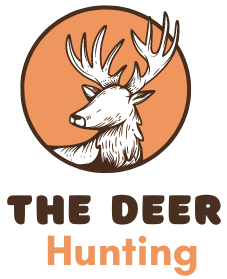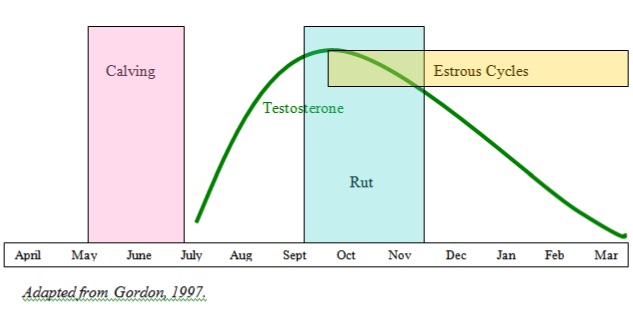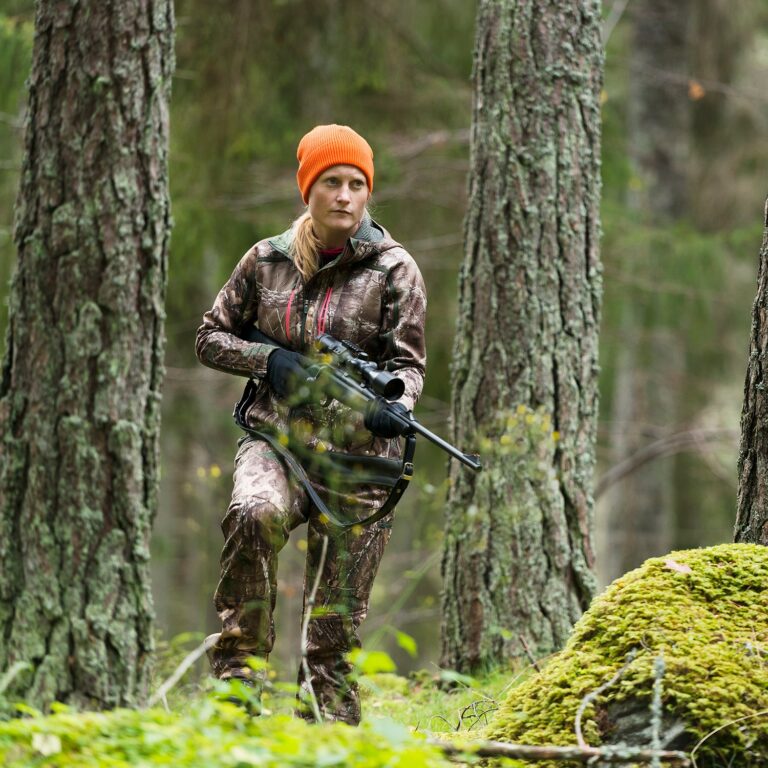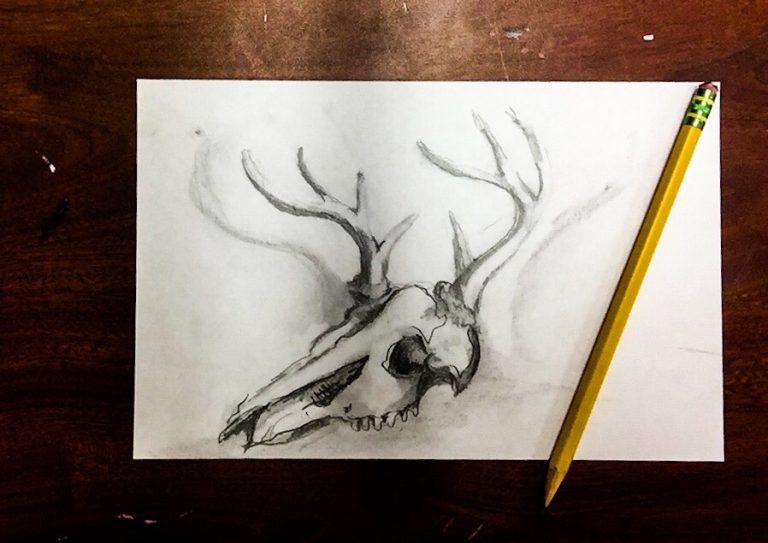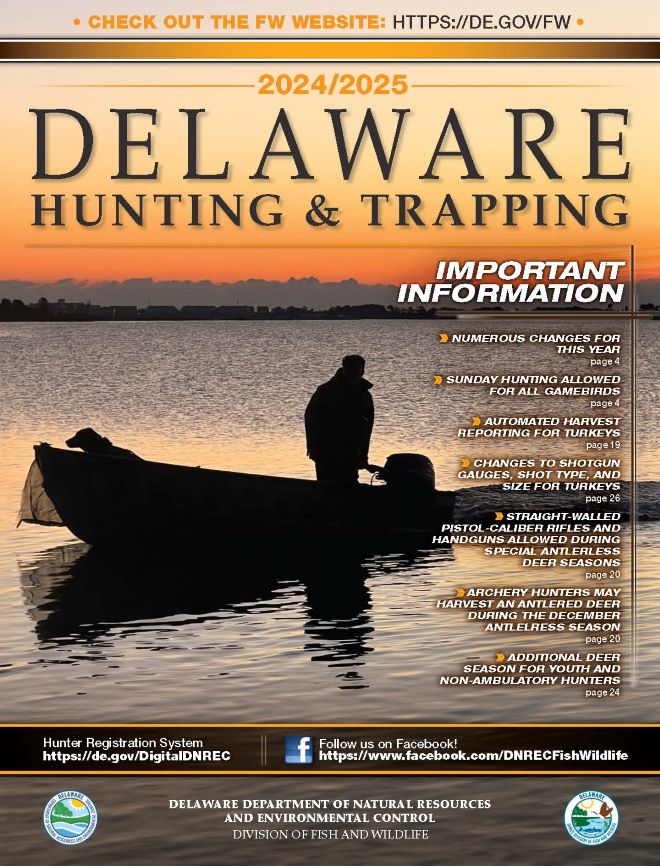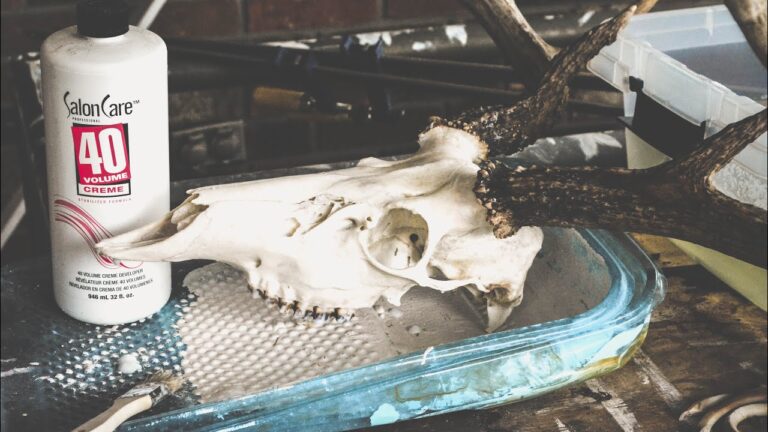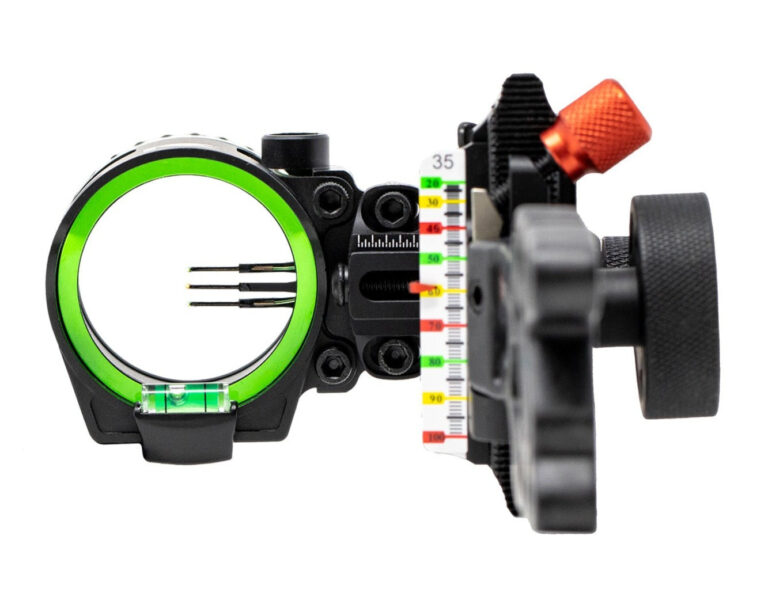Deer Gestation Period in Days: Understanding the Timeline
Understanding the deer gestation period is crucial for wildlife enthusiasts. It reveals much about the life cycle and habits of these graceful animals.
Deer are fascinating creatures with complex reproductive cycles. Their gestation period, or the time they carry their young before birth, varies by species. Knowing this period helps in wildlife management and conservation efforts. A deeper understanding can aid in predicting birthing seasons and ensuring the protection of newborn fawns.
This information is valuable for hunters, researchers, and nature lovers alike. Whether you are observing deer in the wild or managing a population, knowing about their gestation period provides essential insights into their behavior and survival strategies. Let’s explore the details and significance of the deer gestation period in days.
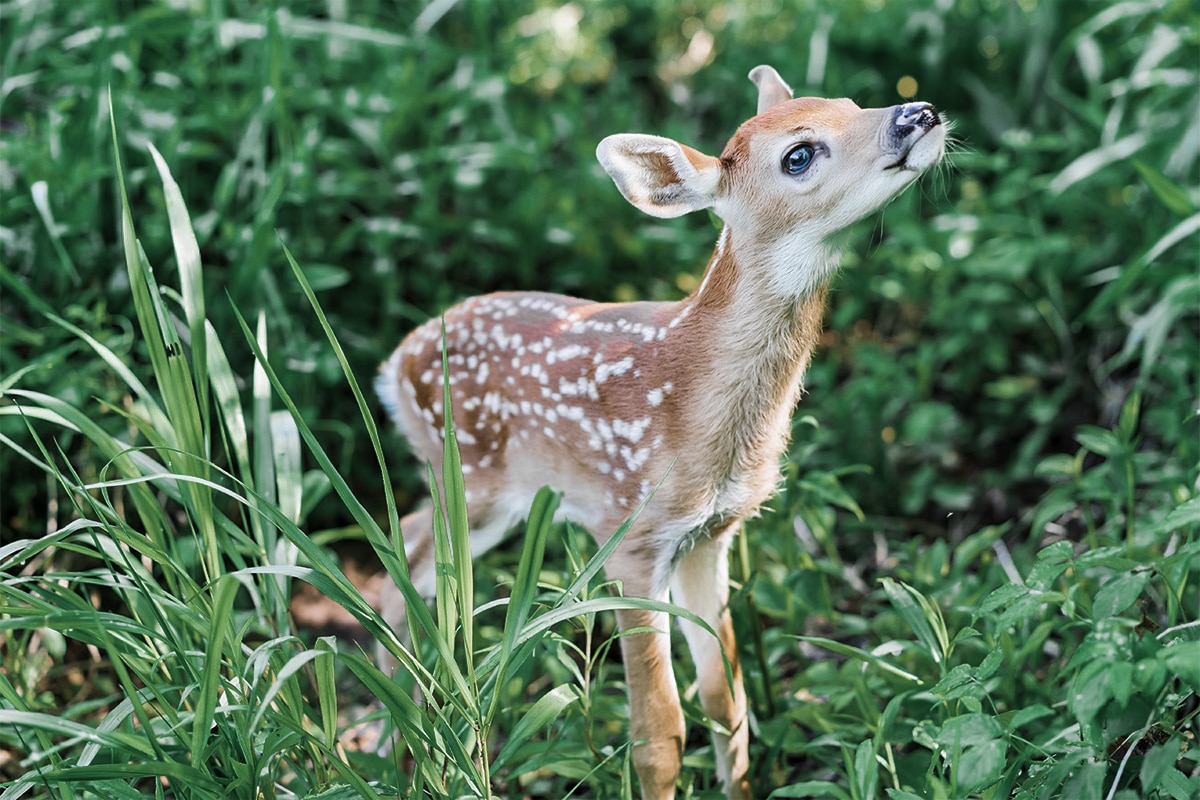
Credit: freerangeamerican.us
Introduction To Deer Gestation
Understanding deer gestation is very important. It helps in deer population control. It also helps in wildlife management. Deer gestation period varies by species. Most deer have a gestation period of about 200 days. This means the time from conception to birth. Different species may have slightly different gestation periods.
Studying gestation periods is crucial. It helps in predicting birth times. This can aid in conservation efforts. Proper knowledge helps in habitat management. It also supports planning for breeding programs. Farmers and wildlife managers benefit greatly from this information. Knowing when deer give birth helps in protecting young fawns.
Deer reproduce once a year. This usually happens in the fall. Male deer, or bucks, mate with females, called does. After mating, the doe carries the fawn for about 200 days. Then she gives birth in late spring or early summer. Newborn fawns are very vulnerable. They rely on their mothers for protection and milk.
Different Deer Species
Whitetail deer have a gestation period of about 200 days. The female usually gives birth in the spring. Most often, she has one or two fawns. These fawns are born with spots on their fur. This helps them stay hidden from predators. The spots disappear as they grow older.
Mule deer also have a gestation period of around 200 days. The birthing season is typically in late spring. Female mule deer often have twins. The fawns are born with spots, like whitetail deer. These spots help with camouflage.
Elk have a longer gestation period of about 240 days. They usually give birth to one calf. Moose have the longest gestation period among these species, about 230 days. They generally give birth to one calf, sometimes two. Both elk and moose calves are born without spots. They rely on their mothers for protection.
Gestation Periods Explained
The average gestation period for deer is about 200 days. This can vary between 190 to 210 days depending on the species. For example, the white-tailed deer usually have a gestation period of 201 days. This period is essential for the development of the fawn inside the mother.
Several factors can affect the gestation period. Species is a primary factor. Different species have different gestation lengths. Nutrition also plays a role. A well-fed mother may have a shorter gestation. Environment can impact as well. Harsh weather conditions may lead to longer gestation periods. Health of the mother is crucial too. A healthy mother usually has a smoother gestation period.
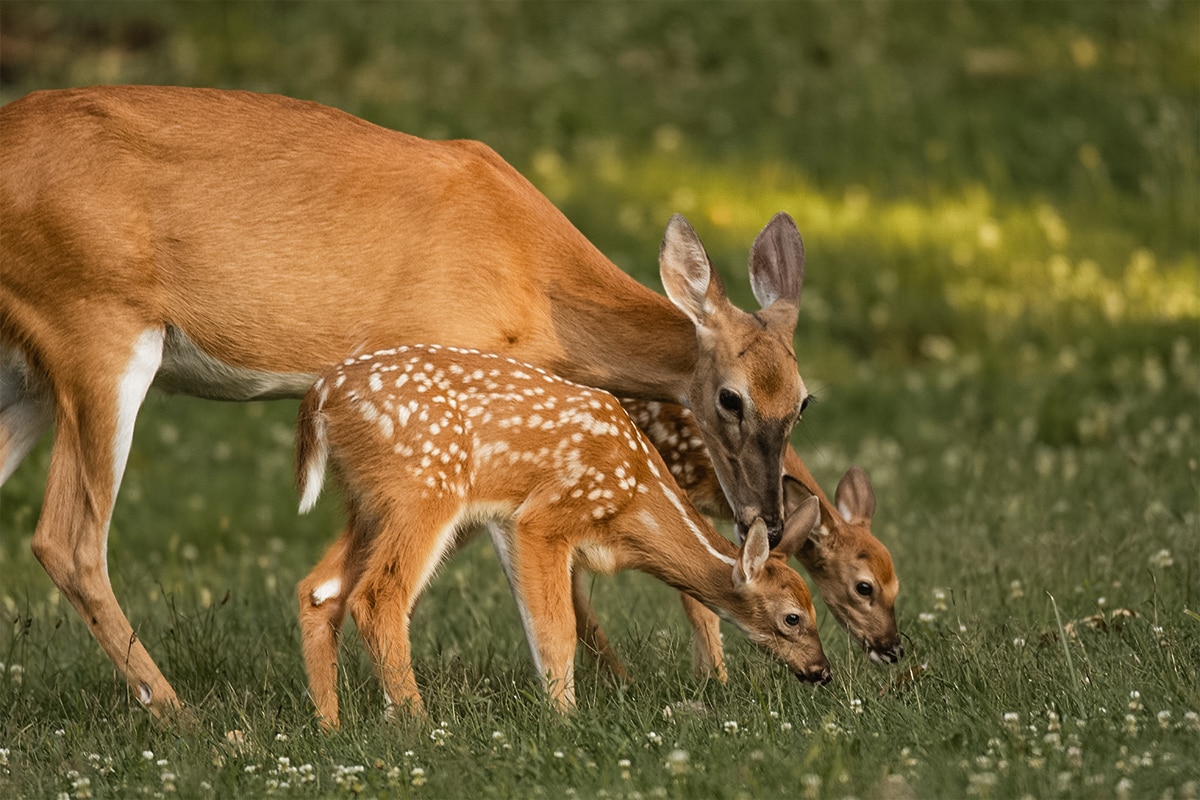
Credit: freerangeamerican.us
Stages Of Deer Pregnancy
In the early stages, deer embryos are very small. They grow inside the mother’s womb. The embryo attaches to the uterus wall. This stage lasts about 45 days. During this time, the mother deer might eat more. She needs to support the growing embryo.
During mid-pregnancy, the embryo becomes a fetus. The fetus starts to look like a baby deer. This stage lasts around 100 days. The mother deer needs to stay healthy. She eats more food to nourish the fetus. Her belly begins to grow larger.
In late pregnancy, the fetus grows quickly. It develops fur and other features. This stage lasts about 55 days. The mother deer prepares for birth. She might find a safe place. Her body gets ready to give birth. The fetus is almost fully grown.
Fetal Development Milestones
The first trimester is vital for the deer. During this time, the embryo starts to form. Important organs begin to develop. The heart starts to beat. Limbs start to appear. The embryo is very small. By the end of the first trimester, the embryo is more recognizable.
In the second trimester, the fetus grows rapidly. Legs and head become more defined. The coat of fur starts to grow. The fetus begins to move. The eyes and ears form. By the end, the fetus looks more like a baby deer.
The third trimester is crucial for development. The fetus gains weight quickly. The organs mature. The coat thickens. The baby prepares for birth. Movements become stronger. By the end, the baby deer is ready to be born.
Behavioral Changes In Pregnant Deer
Pregnant deer often show nesting behavior. They look for a safe place. They prefer areas with good cover. This helps protect them from predators. They may use leaves and grass to make a bed. This ensures comfort for their soon-to-be-born fawns.
Pregnant deer eat more food. They need extra nutrients. Their diet includes more plants and fruits. This helps them stay healthy. They avoid risky areas to find food. This keeps them safe while searching for food.
Pregnant deer may change their social interactions. They might become more solitary. This helps them avoid stress. They stay away from large groups. This behavior ensures safety for their fawns. Sometimes, they may seek help from other deer. This is rare but can happen.
Challenges During Gestation
Deer face harsh weather during gestation. Extreme cold can be hard for pregnant deer. Hot climates can also stress them. Food scarcity is a big problem. They need more food when pregnant. Lack of water can be critical too.
Deer are at higher risk from predators. Pregnant deer move slower. They can’t run fast to escape. Predators like wolves and bears target them. Humans also pose a threat. Hunting season adds extra danger.
Pregnant deer face many health problems. Infections can be deadly. Poor nutrition affects their health. Disease spreads easily among deer. Injuries can get worse during gestation. Stress weakens their immune system.
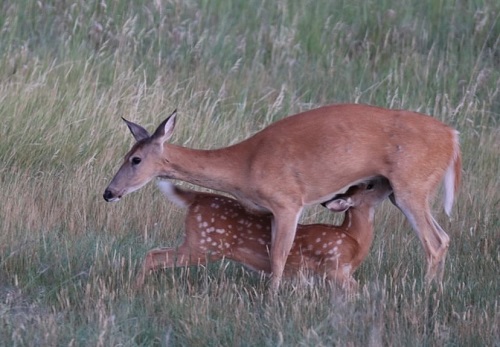
Credit: n1outdoors.com
Post-gestation: Birth And Beyond
Deer usually give birth in a safe, hidden spot. The birthing process is quick and efficient. Mother deer often stand during birth. This helps the fawn drop safely to the ground. The mother then cleans her newborn. This helps to remove any scent that could attract predators.
Newborn fawns are very fragile. They cannot walk well at first. The mother hides them in tall grass or bushes. She visits them several times a day. During these visits, she nurses them and keeps them clean. Fawns learn to walk and run within a few days. They stay close to their mother for protection.
Mother deer are very protective. They keep a close eye on their fawns. If danger is near, they will lead predators away. Fawns have white spots that help them blend into their surroundings. This makes it harder for predators to see them. Mother deer will only leave their fawns alone for short periods.
Frequently Asked Questions
What Is The Gestation Period Of A Deer?
The gestation period of a deer is approximately 200 days. This duration can vary slightly among different deer species.
How Long Does A Deer Stay Pregnant?
A deer typically stays pregnant for around 6. 5 to 7 months. This period ensures the fawn is born in favorable conditions.
When Do Deer Give Birth?
Deer usually give birth in late spring or early summer. This timing provides optimal conditions for the survival of the fawn.
How Many Fawns Do Deer Have At A Time?
Most deer give birth to one or two fawns at a time. However, triplets can occasionally occur.
Conclusion
Deer gestation lasts around 200 days. This period is crucial for fawn development. Understanding this helps in wildlife conservation. It also aids hunters in planning ethical practices. Knowing deer gestation can improve coexistence. Keep these facts in mind next time you spot a deer.
Respect their breeding cycles and habitats. This knowledge benefits both deer and humans. Enjoy observing these majestic creatures responsibly.
